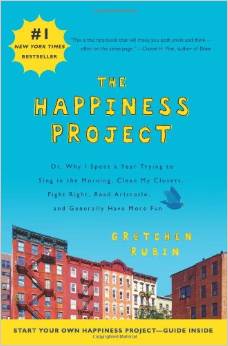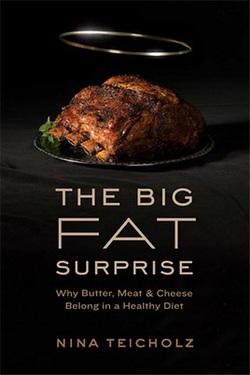I quoted from this novel in last week’s book review and decided to go ahead and write about it this week. It’s a great read, with everything you could possibly want: romance, mystery, a sense of place and time, quirky, believable characters, and a central philosophical issue, which in this case concerns the position of women in the academic community and the larger question of how intellectual equality between the sexes affects marriage. As far as I’m concerned this is a much better novel than Jane Eyre, which deals with similar issues but which just goes on and on and on inside Jane’s head.If you’re not familiar with Dorothy Sayers and her novels involving Lord Peter Wimsey and Harriet Vane, you really should read the two previous ones before reading this one. Strong Poison introduces Harriet to Lord Peter and to the readers. She’s accused of murder, and L.P. rescues and also falls in love with her. But getting these two to the altar isn’t going to be simple. It takes two more novels, Have His Carcase and Gaudy Night, before Harriet finally gives in to Peter. Then we see them married off in Busman’s Honeymoon, to complete the quartet.
These characters are so real to me (and, to a certain extent, to Jim) that when we visited England back in 2006 we felt that it was absolutely necessary to visit Oxford, since that is the setting for Gaudy Night. We punted on the river, ate lunch at the Mitre (where Harriet and Peter have a drink), and stood on Magdalen Bridge, where Harriet finally says yes to Peter. We weren’t all that interested in finding the Eagle and Child, the pub where the real Tolkien and Lewis had their get-togethers with the other Inklings, although we’re huge Tolkien and Lewis fans. Somehow fictional characters mean more to us than do authors.
I’m fond of saying that Gaudy Night is the greatest novel of the 20th century. You’ll have to read it to see if you agree with me or not. How’s that for a motivation?
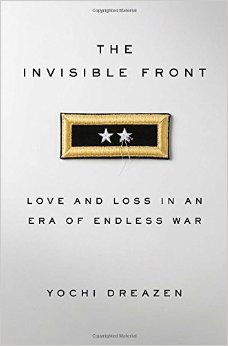 The Invisible Front: Love and Loss in an Era of Endless War by Yochi Dreazen, Crown Publishers, 2014.
The Invisible Front: Love and Loss in an Era of Endless War by Yochi Dreazen, Crown Publishers, 2014.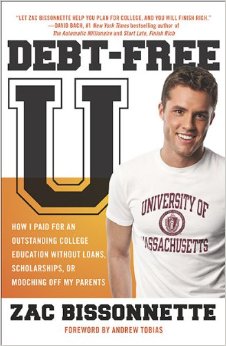 Debt-Free U: How I Paid for an Outstanding College Education Without Loans, Scholarships, or Mooching Off My Parents by Zac Bissonnette, Portfolio/Penguin 2010.
Debt-Free U: How I Paid for an Outstanding College Education Without Loans, Scholarships, or Mooching Off My Parents by Zac Bissonnette, Portfolio/Penguin 2010.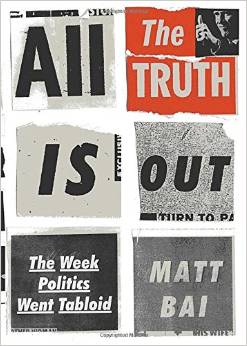 All the Truth Is Out: The Week Politics Went Tabloid by Matt Bai, Alfred A Knopf, 2014.
All the Truth Is Out: The Week Politics Went Tabloid by Matt Bai, Alfred A Knopf, 2014.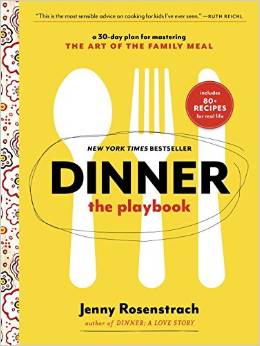 Dinner: The Playbook: a 30-day plan for mastering The Art of the Family Meal by Jenny Rosenstrach, Ballantine Books, 2014.
Dinner: The Playbook: a 30-day plan for mastering The Art of the Family Meal by Jenny Rosenstrach, Ballantine Books, 2014.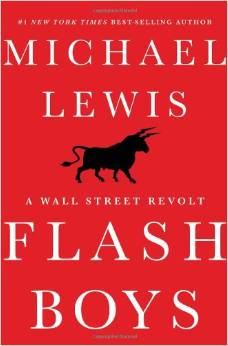
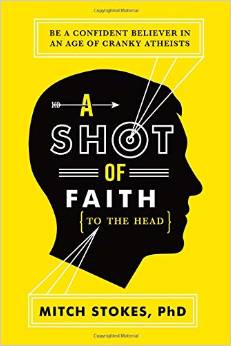 A Shot of Faith {To the Head}: Be a Confident Believer in an Age of Cranky Atheists
A Shot of Faith {To the Head}: Be a Confident Believer in an Age of Cranky Atheists 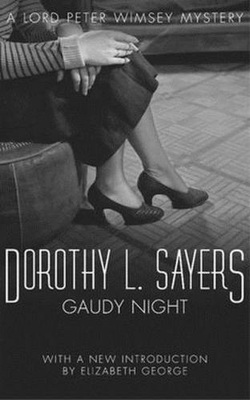 Gaudy Night
Gaudy Night 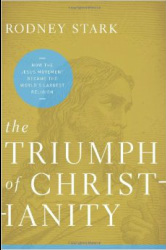 The Triumph of Christianity: How the Jesus Movement Became the World’s Largest Religion by Rodney Stark, HarperOne, 2011
The Triumph of Christianity: How the Jesus Movement Became the World’s Largest Religion by Rodney Stark, HarperOne, 2011